Picking out a new backpack can be overwhelming, especially if you’re not sure of the size and style you’re looking for. Many people start by looking at colors, patterns and pocket space, which is fine, but if you want to get the most out of one, there are a few things that are more important to take into consideration first.
Start by asking yourself what you’re going to be using it for. Are you trying to find the best backpack for hiking? Or do you need something for more of an everyday purpose? How long will you normally be out with it? It’s always a good idea to have separate backpacks for separate activities. Sure, it’s good to be resourceful and use what you already have, but think about it this way: you wouldn’t use your school pack for skiing in the backcountry or hauling camping gear. Backpacks have different types of intended purposes, so it’s important to choose one that matches what you’re doing. It’s also nice because then you won’t have only one bag that you need to unpack and repack before each different activity.
Here are a few other things that are good to keep in mind when choosing the perfect pack:
Backpack Capacity
The volume of a pack is measured in either liters or cubic inches (1 liter = 61 cubic inches). When starting the hunt for the perfect one, it can be hard to know what some of these numbers even mean in terms of how much it can store and what size you’ll need for what activity or trip. This backpack size chart gives an idea of how much space you’ll need for day trips vs. longer excursions.
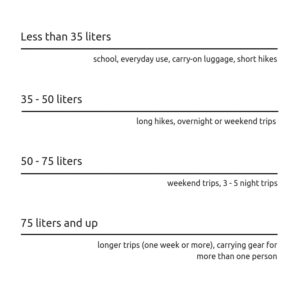
Backpack Features
Hip Belt
These are usually found on hiking and camping packs. Hip belts help distribute the weight you’re carrying so that it’s not all on your shoulders, neck and back.
Harnesses and straps
Harnesses and straps keep your pack extra secure on your body so that you don’t have to worry about the shoulder straps slipping while you hike.
Frame
There are two types of frames: internal and external. Internal frames are more popular and help keep both you and your pack stable while you hike on unpredictable terrain. External frames can be a little more challenging to haul around since they are more cumbersome, but they offer better ventilation and are great for hauling larger items.
Ventilation
Many backpacks have suspended mesh ventilation that keeps the back panel away from your body to help prevent your back from staying sweaty all day.
Rain Cover
Some backpacks have integrated rain covers that ensure that your gear stays safe even in pouring rain. You can also purchase rain covers separately if you end up needing one later.
Pockets
Though not quite as important as sizing and comfort, pockets are still something that should be considered when you’re picking out a new backpack. Will you be using this pack to carry your laptop? Will you need to carry a sleeping mat? Be sure that the pack has adequate space for items both large and small that you’ll be taking along with you, along with special compartments or straps for carrying extra gear.
Backpack Fit
To figure out which size you should get, you’ll need to measure your torso. Start by tilting your head forward to find the large bump in your spine where your shoulders and neck meet. Then, placing your hands just above your hip bones, trace a line from there to the middle of your back. Have a friend help you measure this distance to determine your torso length.
When choosing a pack, then, refer to this other backpack size chart to find which backpack would be the right fit for you.
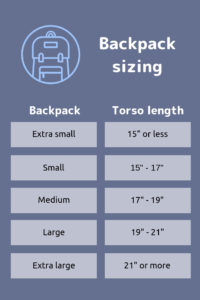
Types of Backpacks
There are a wide variety of different backpacks for different activities such as school, skateboarding, camping, hiking, snowboarding, skiing and more. Be sure that you pick one out that matches the activity you will be using it for. There are also women’s specific backpacks and youth backpacks that are designed to fit women’s and kids’ smaller torsos more comfortably so that everyone can find something that works best for them.
Check out this post if you are trying to decide which type of bag or backpack is right for you and your future excursions.
Choosing a backpack that fits comfortably and suits your needs shouldn’t have to be a hassle. Hopefully, after assessing the size and style you need, you’ll be set to pick out the perfect one in no time so that you can hit the trails or your school campus in style.






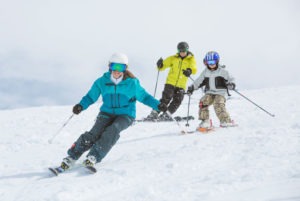

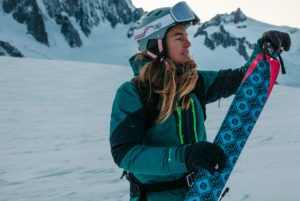
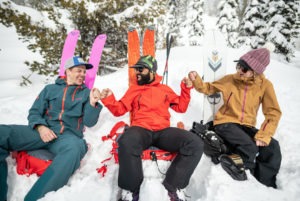
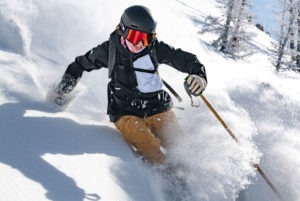
Protection and functionality are the top factors to consider when purchasing backpacks. More than making me look good, a specific bag serves as a dependable partner in safeguarding my gear and carrying my things to and from one point to another. 🙂